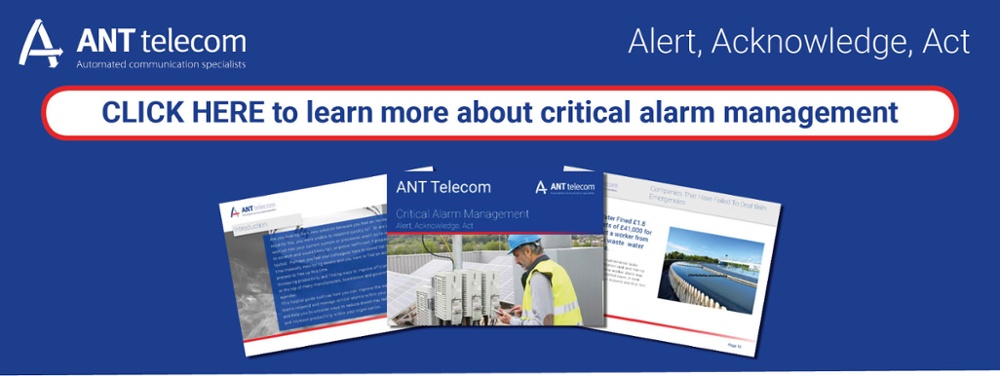
Workplace incidents and emergencies will vary significantly from business to business, yet the process of managing each incident will often follow a similar procedure. No matter whether an incident occurs within a factory or office environment, the basic process will often involve reporting it to a central location, such as the security team, the reception, or the control room. Once the information has been passed on, that individual or team can then take on the responsibility of alerting relevant colleagues, or the emergency services, and the ongoing management of the incident.
In theory, this might seem like a reliable procedure to have in place. The central location will be manned most of the time and staff only need to remember one number to call. If a worker was to suffer an accident on a manufacturing site, for example, one of the team could contact security, who could then inform the first aid team. This way, the colleague who is with the injured employee can concentrate on their needs, and security can deal with finding the first aid team’s number from a contact list.
However, there are multiple flaws with this setup. While central locations are manned most of the time, you cannot guarantee someone will be there to answer. What if security is attending a different incident? What if the receptionist has taken another call? What if, during these delays, the injured employee’s situation worsens and they need urgent medical attention?
Even if you can get through to the central point, the information must be relayed to them and they must then spend time contacting the most appropriate team to respond. And if they cannot get a response, they must keep contacting alternatives until they get through. This can take a significant amount of time and depending on the type of emergency – delays could be deadly.
Preventing false fire alarms
Many businesses have a “delayed’ fire alarm system to help reduce the number of false fire alarms and the disruption they cause. When multiple heat sensors are triggered at the same time, fire alarms are activated to warn those inside a building to evacuate. However, if a single heat sensor is triggered it could be a fault with the sensor itself. A delayed fire alarm system provides a short window of time to investigate and cancel the alarm if need be. However, many companies don’t have the right processes in place to react to the initial warning alarm and manage the incident before it is too late. This is because companies simply rely on control panels positioned near reception to alert when a warning alarm has been triggered. As the reception area is usually manned, the theory is that they will quickly notice a flashing light on the control panel and have a short period of time to instruct the relevant colleagues to investigate whether it is a false alarm, prior to the audible alarm system being automatically triggered and ultimately a full evacuation of the building.
But the same flaws apply here – what if the receptionist is away from the desk at the time and the initial alert is ignored? What if they cannot reach the right team to investigate? In the case of the hospitality industry, this could mean evacuating every guest from a hotel in the middle of the night and the emergency services being called. For a manufacturing company, a full scale evacuation and system shut down would be incredibly costly. If it turns out that it was a false alarm that was missed – this would obviously be an unnecessary over reaction.
The right reaction
The nature of workplace incidents may vary between companies and industries, but It’s imperative that each business has specific processes in place to appropriately respond. Without tried and tested alert and escalation processes in place, not only are companies risking the safety of their workforce, but could also face significant fines and reputational damage, in addition to the knock on effect of wasted time and lost revenue from a potentially unnecessary site evacuation.
Incidents will occur within any workplace environment. It’s about having the right response processes in place combined with appropriate technology solutions to keep staff safe and minimise any possible disruption that could be caused in the event that an incident occurs.





